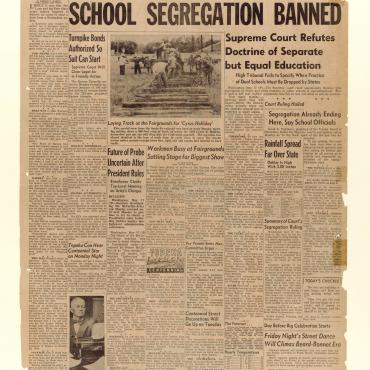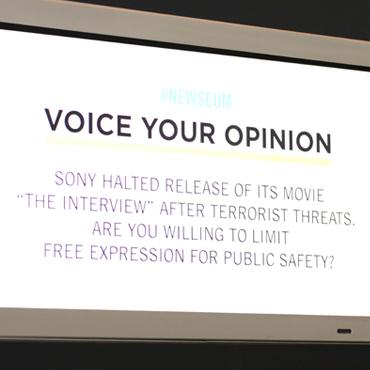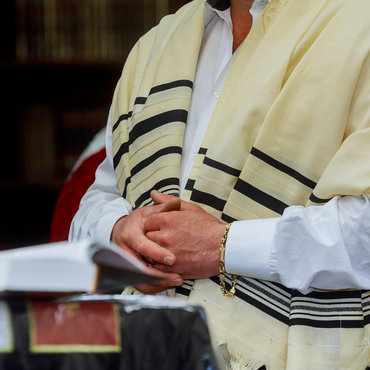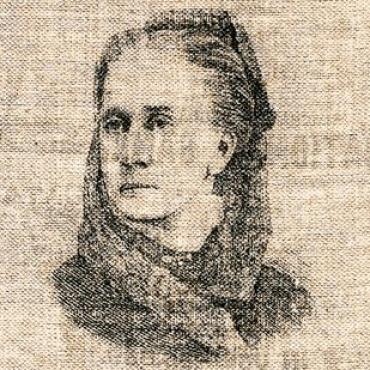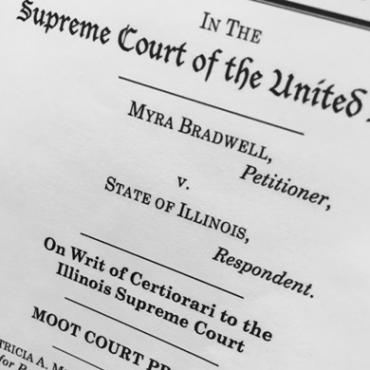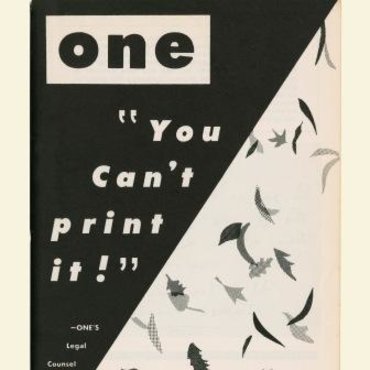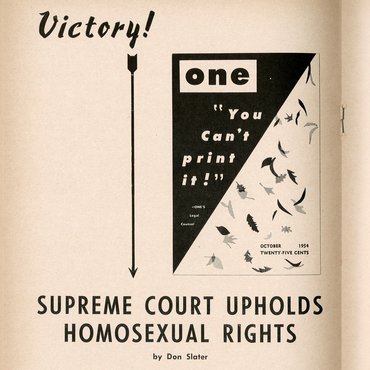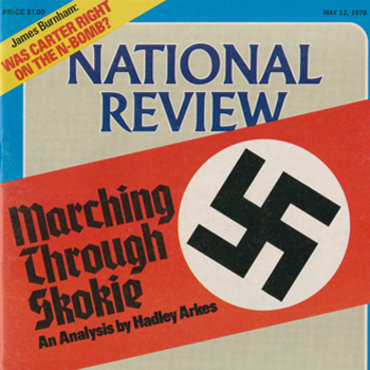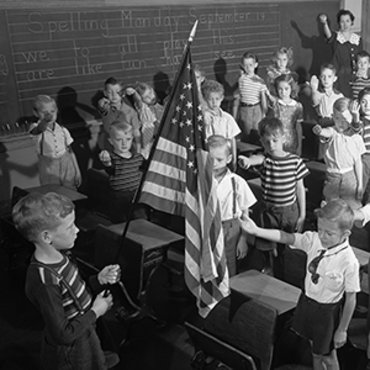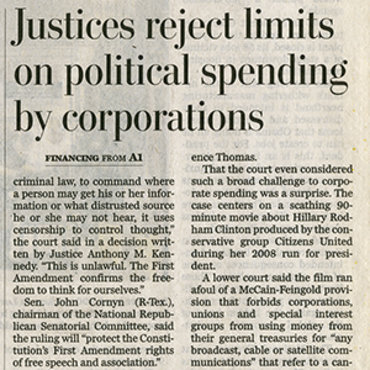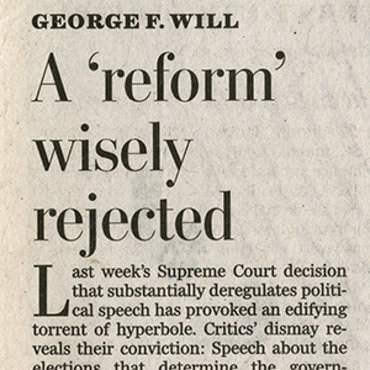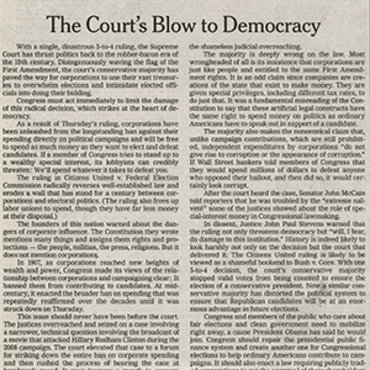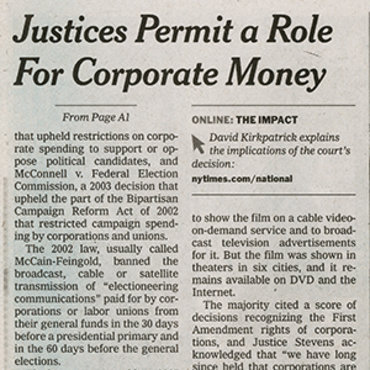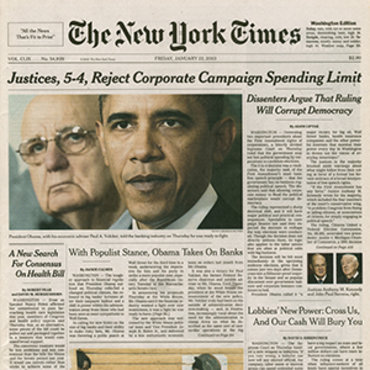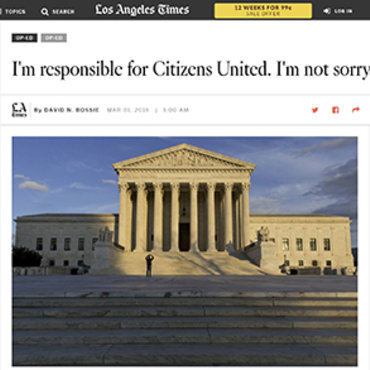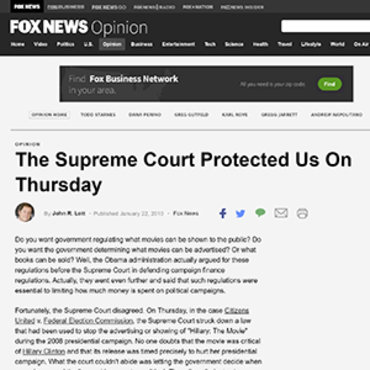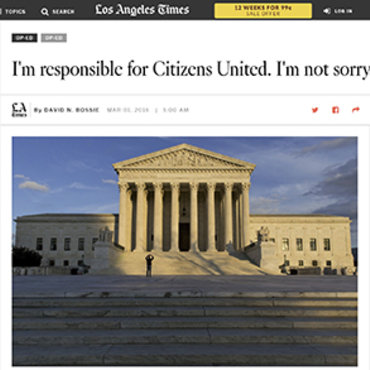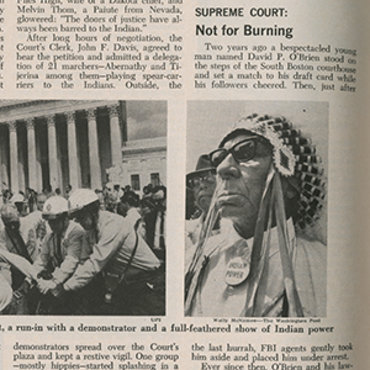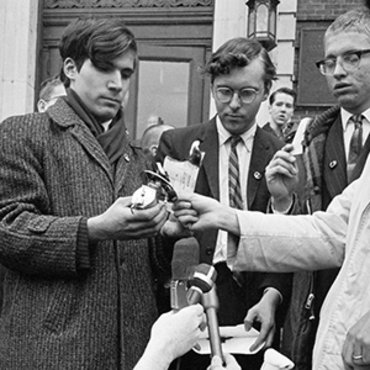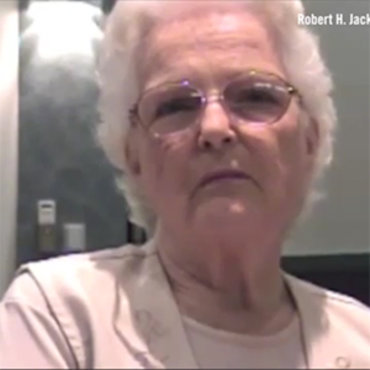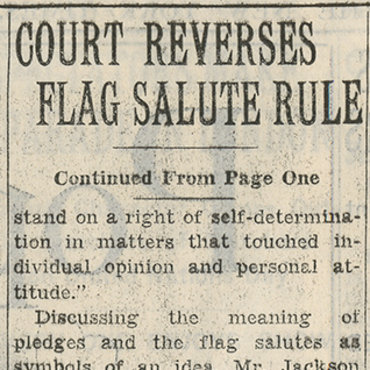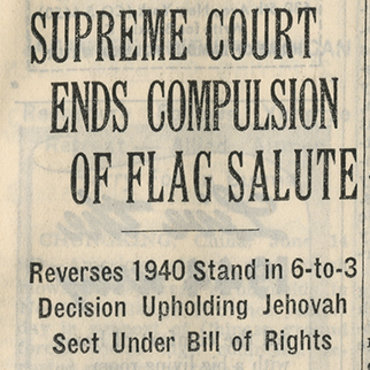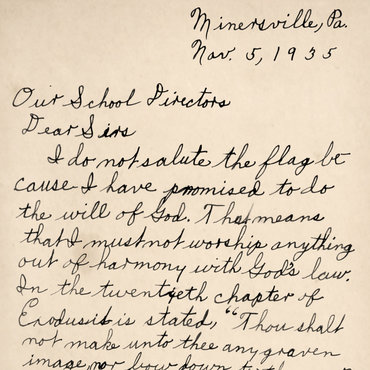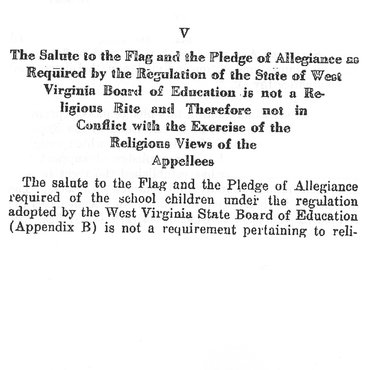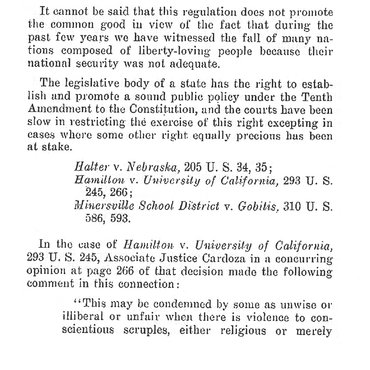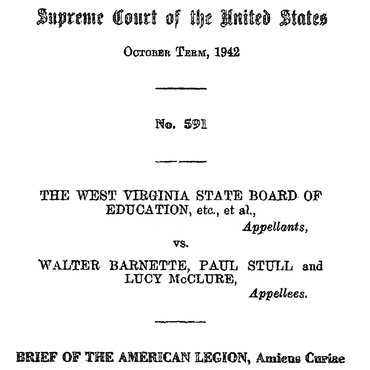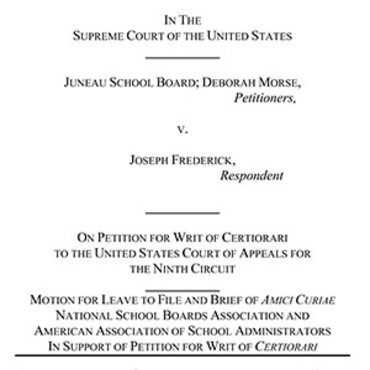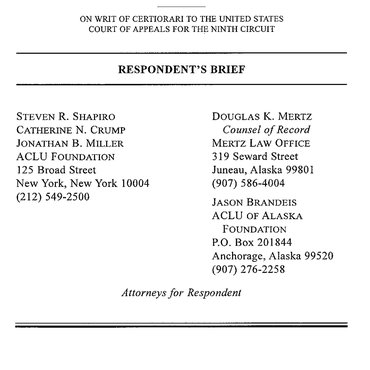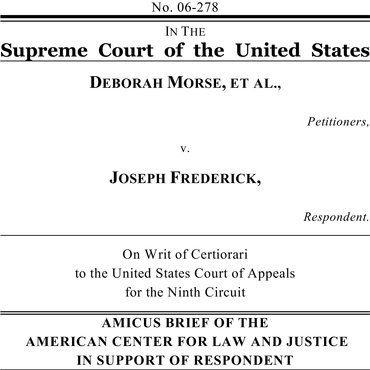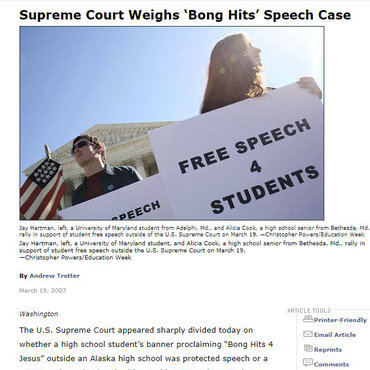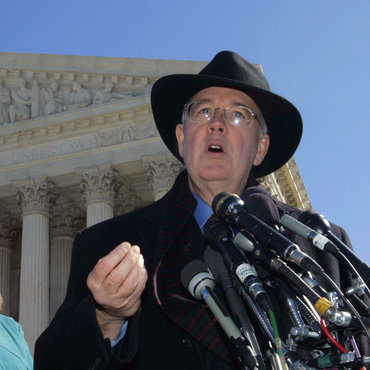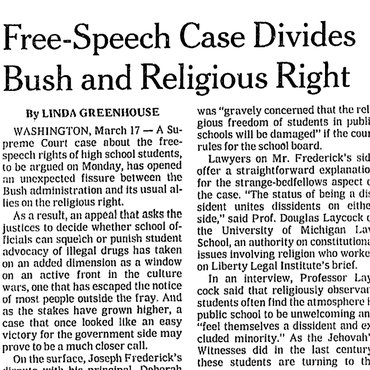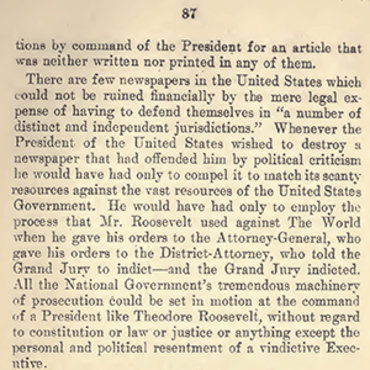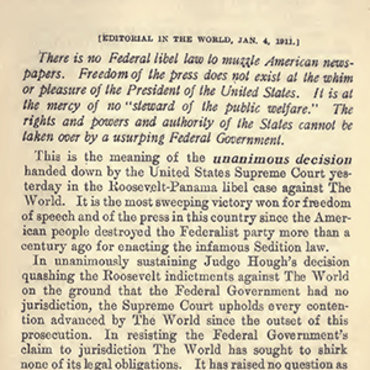Women Who Shaped the Supreme Court
Using a video featuring Justice Ruth Bader Ginsburg, students compare legal and historical interpretations of seven women in Supreme Court history.
Get even more great free content!
This content contains copyrighted material that requires a free NewseumED account.
Registration is fast, easy, and comes with 100% free access to our vast collection of videos, artifacts, interactive content, and more.
NewseumED is provided as a free educational resource and contains copyrighted material. Registration is required for full access. Signing up is simple and free.
With a free NewseumED account, you can:
- Watch timely and informative videos
- Access expertly crafted lesson plans
- Download an array of classroom resources
- and much more!
- Supreme Court
- 6-12
In 1873, the case of Bradwell v. Illinois was brought before the Supreme Court to determine whether Myra Bradwell's right to practice law was protected by the 14th Amendment. Replete with historical references and inside legal jokes, the excerpts of the moot court in this video showcase the history of women's involvement in the Supreme Court yet the facts presented often don't tell the complete story. Go beyond the popular narrative of these historic women by comparing the real facts of their lives with the story being told in the moot court to gain a deeper understanding of their impact on the Supreme Court.
In partnership with the law firm O’Melveny & Myers and the non-profit The Green Bag, Newseum Education hosted a moot court (or re-enactment) of Bradwell v. Illinois (1873). The moot court was planned in honor the life of Belva Lockwood, the first woman admitted to the Supreme Court Bar and thus allowed to argue before the court. The program, featuring Justice Ruth Bader Ginsburg, was held Oct. 18, 2016, at the Newseum.
- Pass out copies of the Women Who Shaped the Supreme Court worksheet. Have students watch the video.
- Using key dates presented in the video, students will build a timeline to help them analyze the women's impact on the Supreme Court over time.
- Use the timeline in Women, Their Rights and Nothing Less as reference.
- "Women Who Shaped the Supreme Court" worksheet (download), one per student
After students have watched the video, discuss their findings as a group. Prompts include:
- How did the reality of the women's lives mentioned in the video differ from the way the legal experts presented them?
- Why do you think legal precedent is sometimes contradictory to historical reality?
- Imagine you were able to time travel to the 1873 and present evidence in the Bradwell v. Illinois case. Which woman mentioned in the video would you choose to support your argument for women's right to practice law? Why?
Choose an issue in the world today that is important to you. Build an argument using a historical figure or event as precedent to support your arguments on this issue.
- As you build your argument consider why you chose this person and why are they still relevant to the argument today?
- Did you choose someone famous or lesser known individual to support your argument? Why were they the best choice?
- How did you present their life? By using a strict interpretation of the historical facts or, like the lawyers in the video, as precedent setters?
-
ISTE: 3b. Knowledge Constructor
Students evaluate the accuracy, perspective, credibility and relevance of information, media, data or other resources. -
ISTE: 3c. Knowledge Constructor
Students create collections of artifacts that demonstrate meaningful connections or conclusions.
-
National Center for History in the Schools: NCHS.Historical Thinking.1
A. Distinguish between past, present, and future time. B. Identify the temporal structure of a historical narrative or story. C. Establish temporal order in constructing historical narratives of their own. D. Measure and calculate calendar time. E. Interpret data presented in time lines and create time lines. F. Reconstruct patterns of historical succession and duration; explain historical continuity and change. G. Compare alternative models for periodization.

